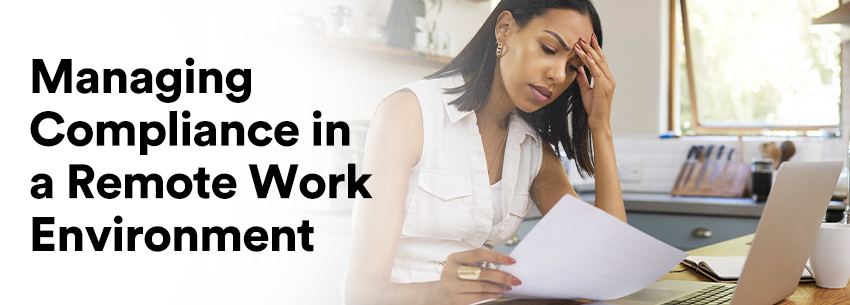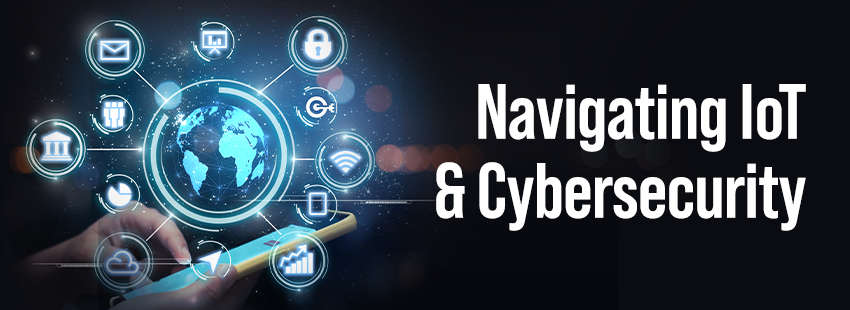Managing Compliance in a Remote Work Environment
The world has changed around us in many different ways over the past two to three years. One way our office world has shifted is the rapid adoption of remote work for businesses of all types and sizes. This trend is here to stay, with at least 26 percent of US employees working remotely in 2022 and 36.2 million Americans expected to work remotely by 2025.
As employees are distributed, so are the data they handle and the systems they use. For small and medium business owners, this creates a new challenge when meeting compliance requirements. It becomes much more difficult for business owners to monitor and enforce proper compliance etiquette.
However, compliance requirements never rest, even when employees are remote and are anywhere in the world. Failing to meet compliance standards can result in hefty fines to the tune of hundreds, thousands, or even millions of dollars. You must still meet all necessary compliance requirements as a responsible business owner. This can be challenging, but you can accomplish it effectively with the right strategies.
You can take several steps to ensure you manage compliance correctly and comprehensively in a remote work environment. The first step is to review what compliance standards need to be met and ensure you fully understand what requirements you must meet to meet those standards. Then, you should review your current policies and procedures to identify gaps or areas where changes may be needed.
Once the requirements and gaps are understood, you understand what changes need to be made in a remote world to meet compliance needs. Then, you can begin taking action. One place to start is by creating a remote work policy. Establishing a remote work policy that outlines the expectations and responsibilities of remote employees helps ensure that all employees are on the same page and following the same guidelines.
It is important to put measures in place to protect sensitive information. This may include encryption, remote wipe capabilities, and secure remote access. Remote work can also create new challenges around data security, which many compliance standards require.
It is also important to realize that employees can be part of the solution – not just a problem. Regular compliance training for remote employees helps ensure everyone knows their obligations and responsibilities under relevant laws and regulations.
Finally, it is important to monitor and audit compliance regularly to ensure that standards are continuously being met to avoid a fine. Regular monitoring and auditing of remote employees’ activities help ensure that compliance is being maintained. This may include regular check-ins with employees, monitoring of communications and data, and regular audits of systems and processes.
While remote work presents some new challenges, managing compliance effectively is possible. By taking action today, you can ensure that you are meeting all necessary compliance requirements while allowing your employees to work remotely.





